The most dangerous animals in Russia
Nature lovers would love to come to the wild, meet the plants and birds chirping. But be careful if coming to these 8 places, because they have the most dangerous animals.
- Brown Bears
 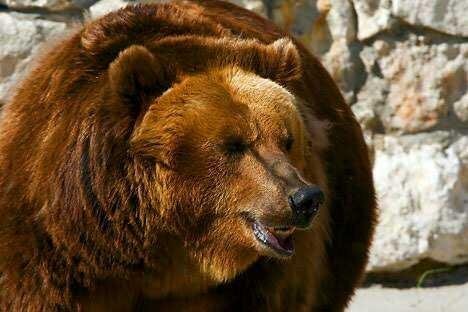
The brown bear (Mishka) is a character in many children's stories and cartoons for adults.
The brown bear was once the mascot of the 1980 Moscow Olympics.
Despite its immense weight and awkward looks, the animal is actually very agile. They can stalk their prey, pounce on their backs (at a speed of 50 km per hour), and kill with a single blow of claws.
The brown bear inhabits almost the entire forest. The most dangerous variant is the bear that suffers from insomnia. This is a bear who, for some reason, does not sleep during winter or emerging from his nest long before winter ends. A wake-up bear has a very savage temperament and should be avoided.
- The Amur Tiger
 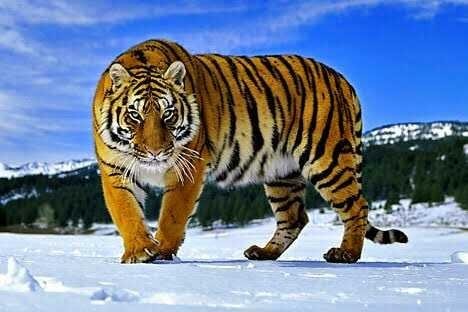
The Amur tiger (also known as the North tiger) can be found in southeastern Russia on the banks of the Amur and Ussuri rivers and in some Asian countries.
This animal is very alert, hidden, and dangerous. If you try to see one of these animals alone, I do not know who will fall prey - the man or the beast. The Amur tiger is much larger than its southern relatives and its night vision is five times better than humans.
The tiger has long been considered an endangered species. However, the efforts of experts protecting wildlife have been successful and since 2007 the Amur tiger no longer faces extinction.
- Gray Wolf
 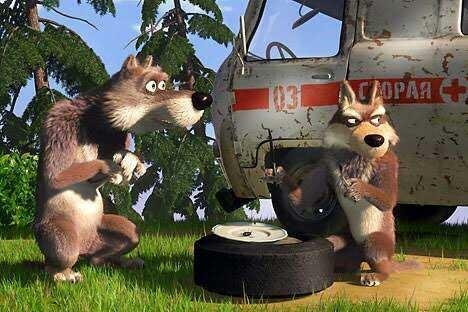
This animal is probably the most common predator in Russia. They live in all parts of the country except in the taiga and in some islands.
Wolves live in groups, which makes them dangerous because, if the alpha wolf calls, the gangs can easily attack humans.
In old Rus, one of the most cruel types of execution was to bind people to a tree in the forest, leaving them to be devoured by wolves. But wolves do not often attack humans: most likely this is only happening in early spring, on a quiet lane that cleaves the forest when the wolves are short of food. If in danger, hunters suggest climbing the nearest tree and wait until the wolf gang loses its patience and goes to find other less intelligent prey.
- White Bear (Pole)
 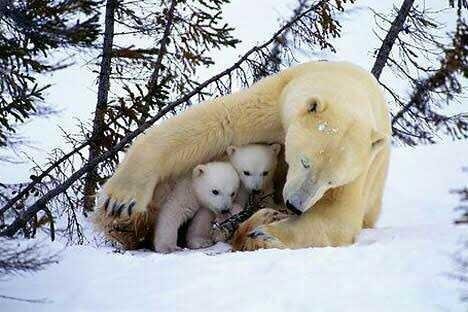
While the brown bear is entitled to be the ruler of the Russian forest, the polar bear inhabits a sea of floating and coastal oceans where it finds its main prey: seals, sea lions, sea bears, and other marine animals.
Although films often portray them as non-threatening animals, polar bears are powerful and dangerous. Like his brown bear relative, they can break a person's head with just one hit. But polar bears only attack humans in extraordinary cases, for example when their habitats are disrupted.
There is a special route for tourists in Russia that includes observing and photographing polar bears from helicopters. Polar bears and brown bears, along with Mississippi crocodiles, saltwater crocodiles and Nile crocodiles, tigers, lions, white sharks, tiger sharks and gray bull sharks are among the 10 most dangerous animals on the planet.
- Wild Pig
 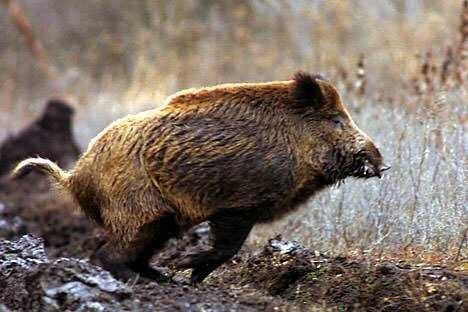
Experienced hunters say that wild pigs are even more dangerous than bears. Bears, who have good eyesight, would prefer to step aside when they see people from a distance.
Wild-eyed pigs will do a lightning attack. Even experienced hunters are not always able to kill these fast animals with one shot. Given that the average weight of a 200 kilogram wild pig, wrestling with this animal is a silly act. Wild pigs are especially dangerous when protecting their children.
Wild pigs like watery and swampy terrain. In the Amur area, wild pigs have been known to attack cars frequently. The most formidable wild pig weapon is not its amazing weight - though it makes wild pigs easily squash someone to death - but its fangs